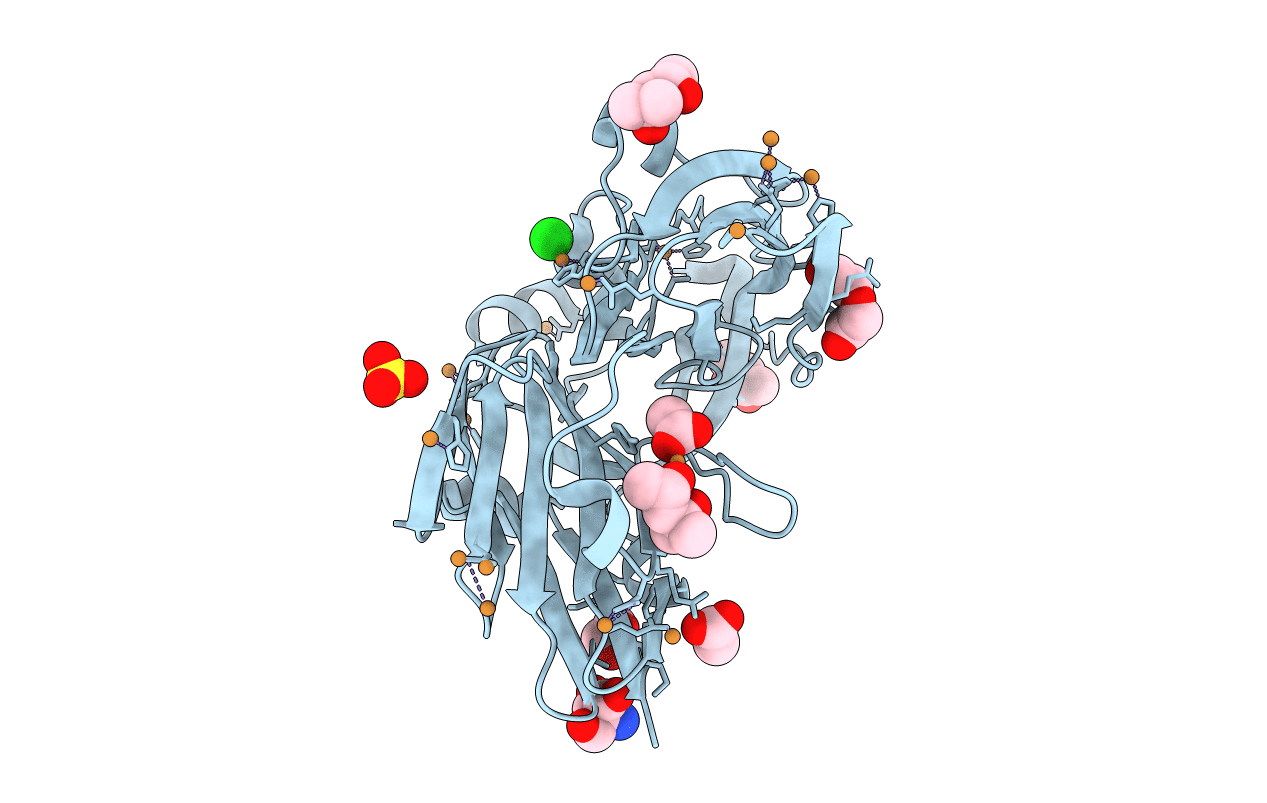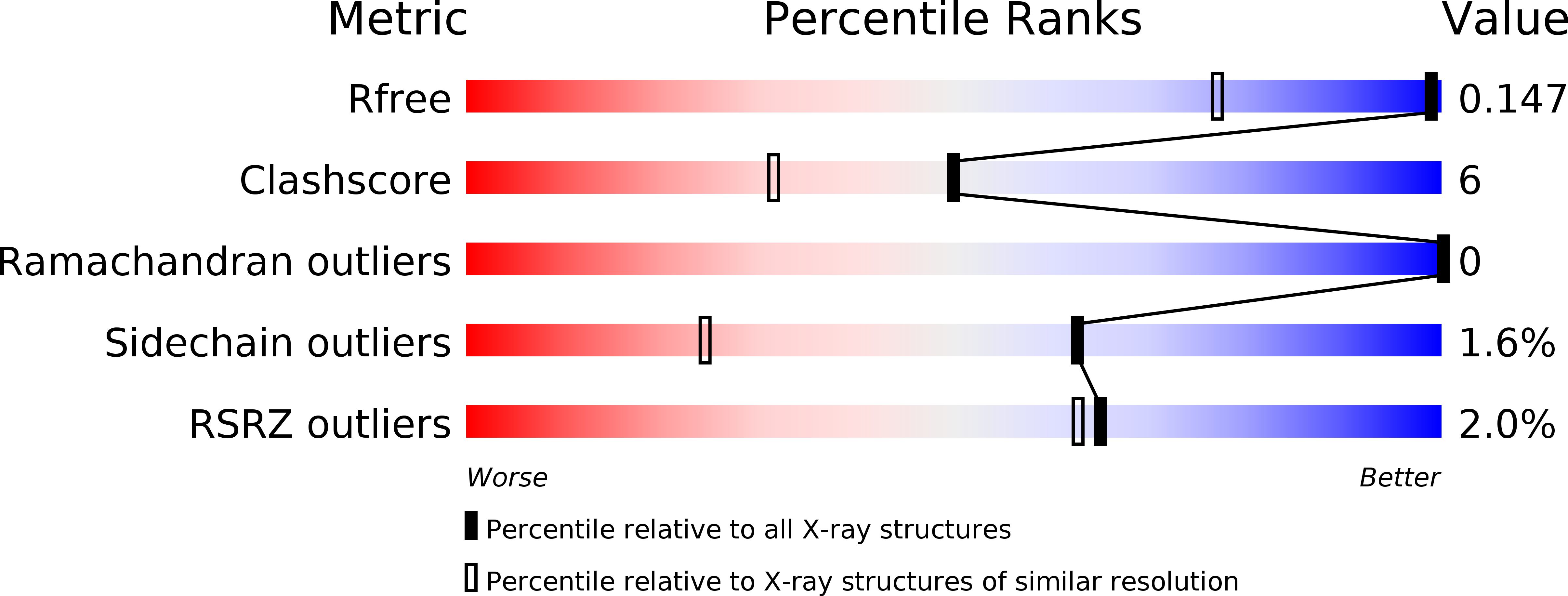
Deposition Date
2015-04-30
Release Date
2015-05-20
Last Version Date
2024-03-20
Entry Detail
PDB ID:
4ZK8
Keywords:
Title:
Copper-containing nitrite reductase from thermophilic bacterium Geobacillus thermodenitrificans (Re-refined)
Biological Source:
Source Organism:
Geobacillus thermodenitrificans NG80-2 (Taxon ID: 420246)
Host Organism:
Method Details:
Experimental Method:
Resolution:
1.15 Å
R-Value Free:
0.14
R-Value Work:
0.12
R-Value Observed:
0.12
Space Group:
H 3


